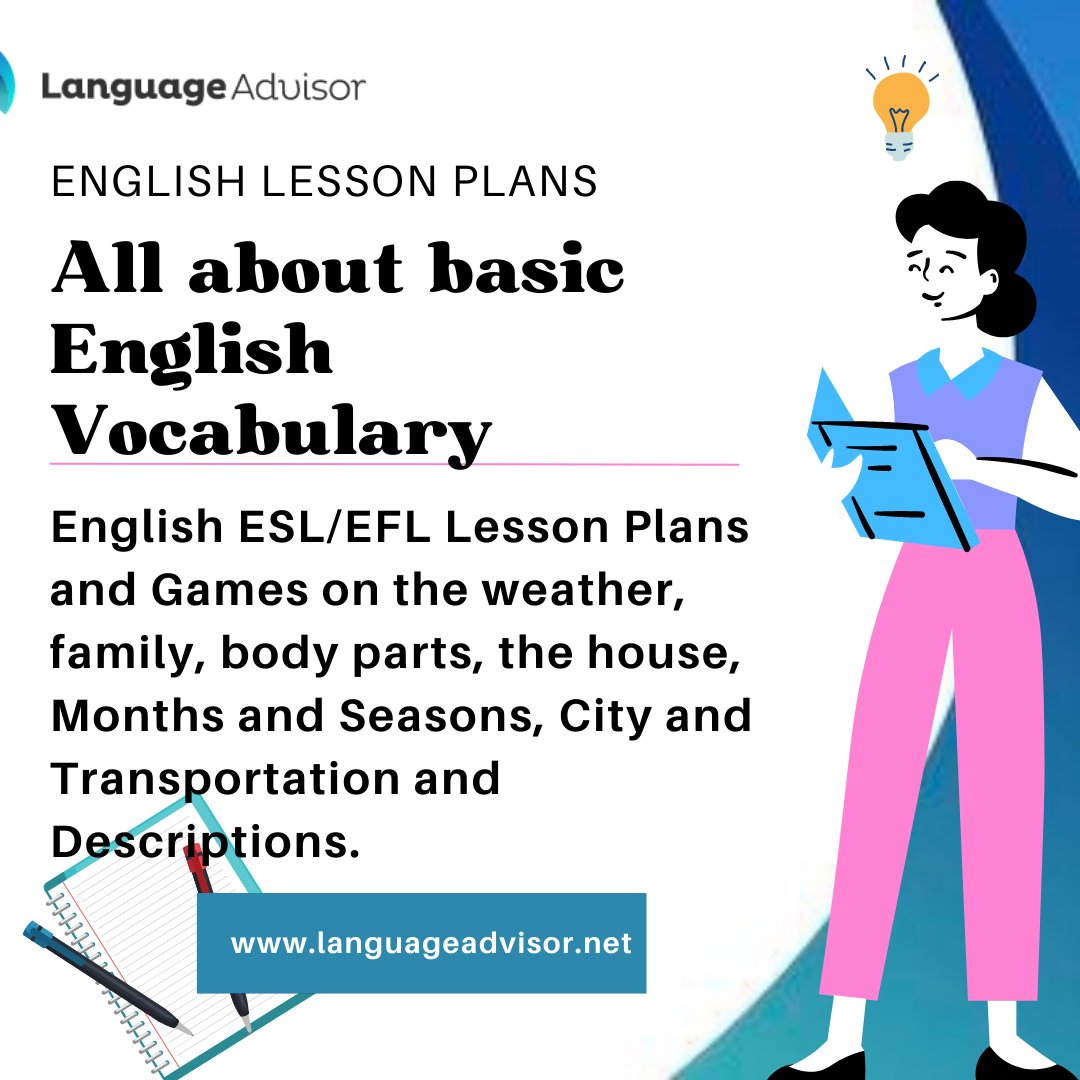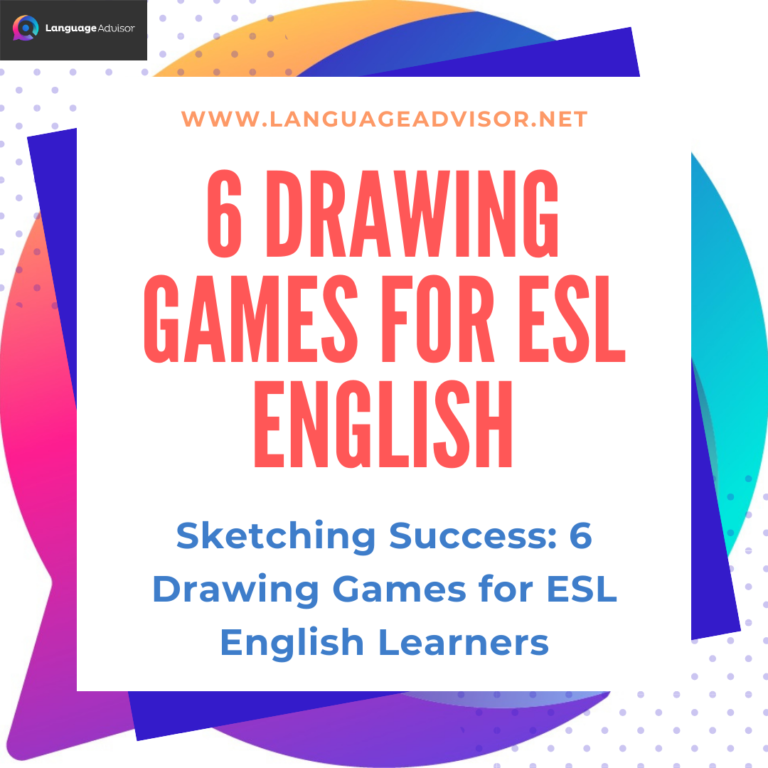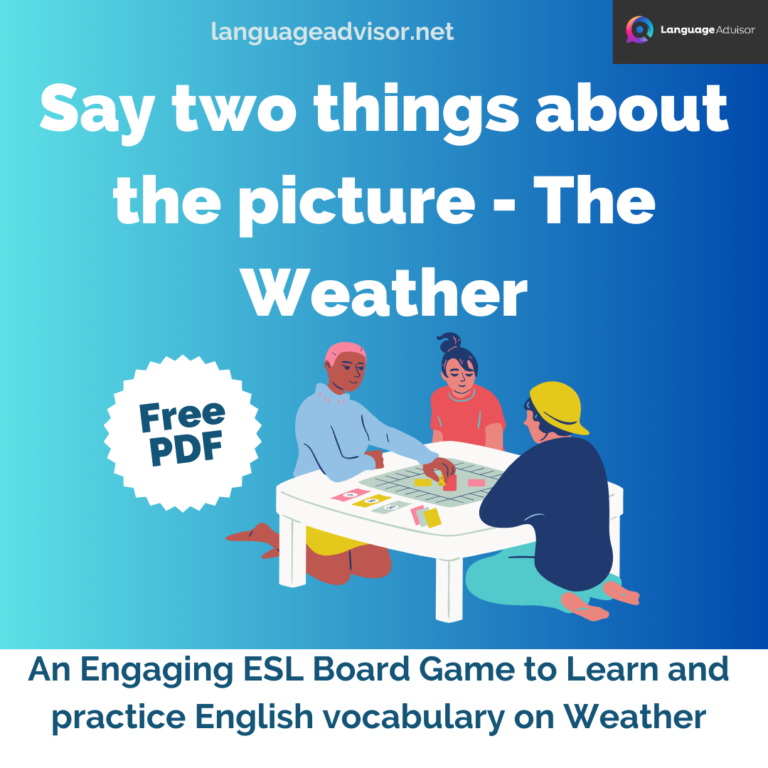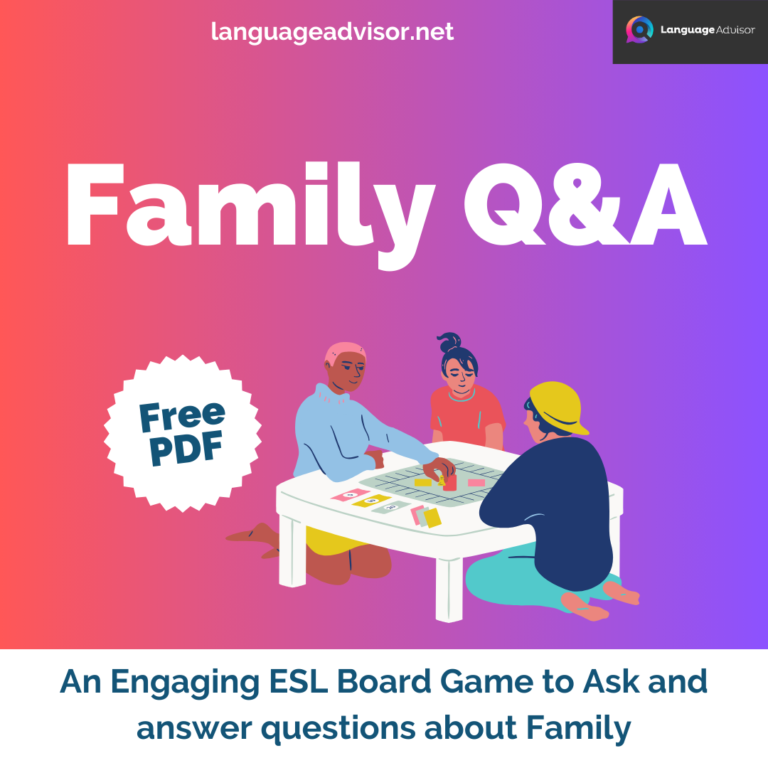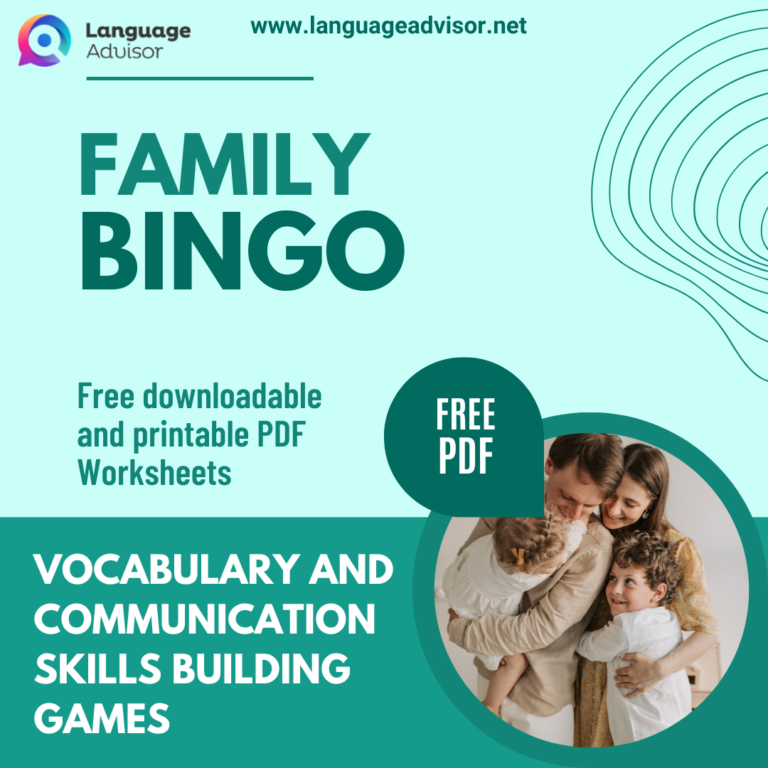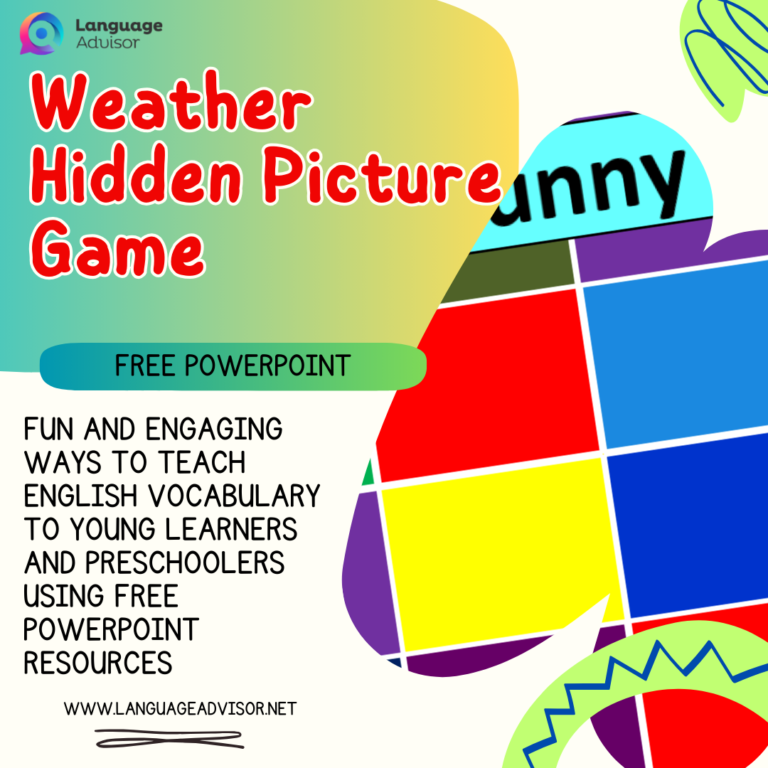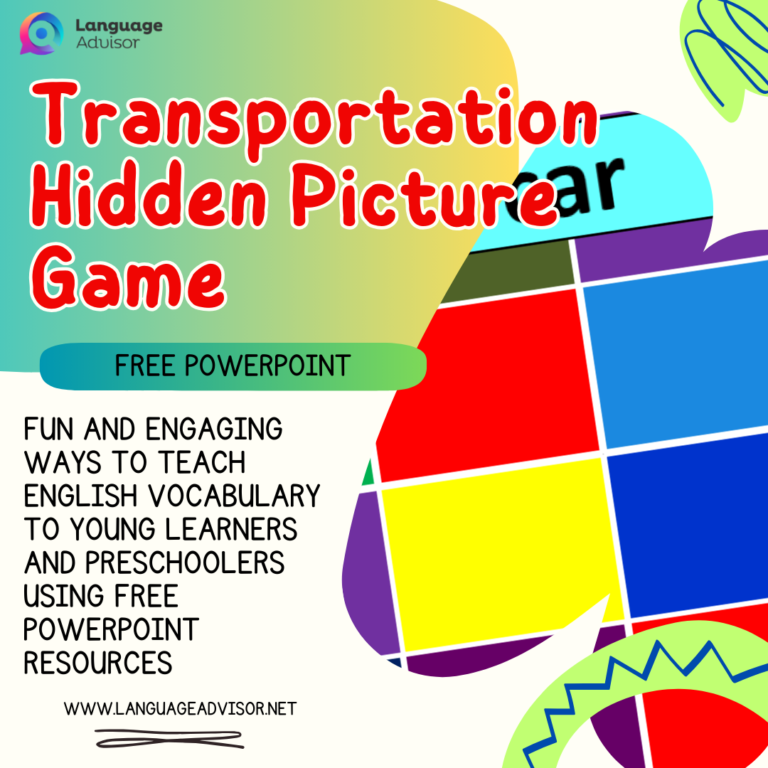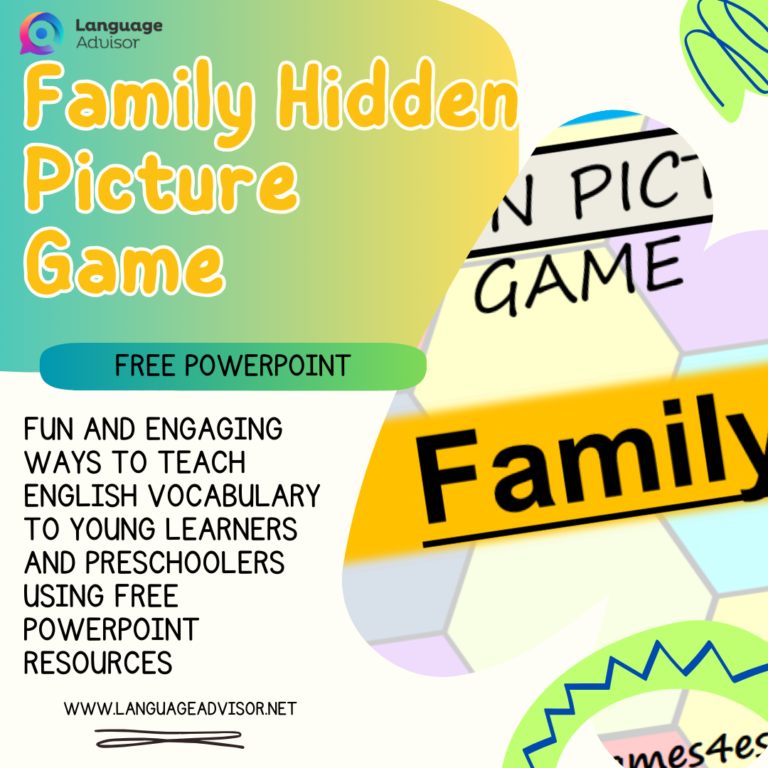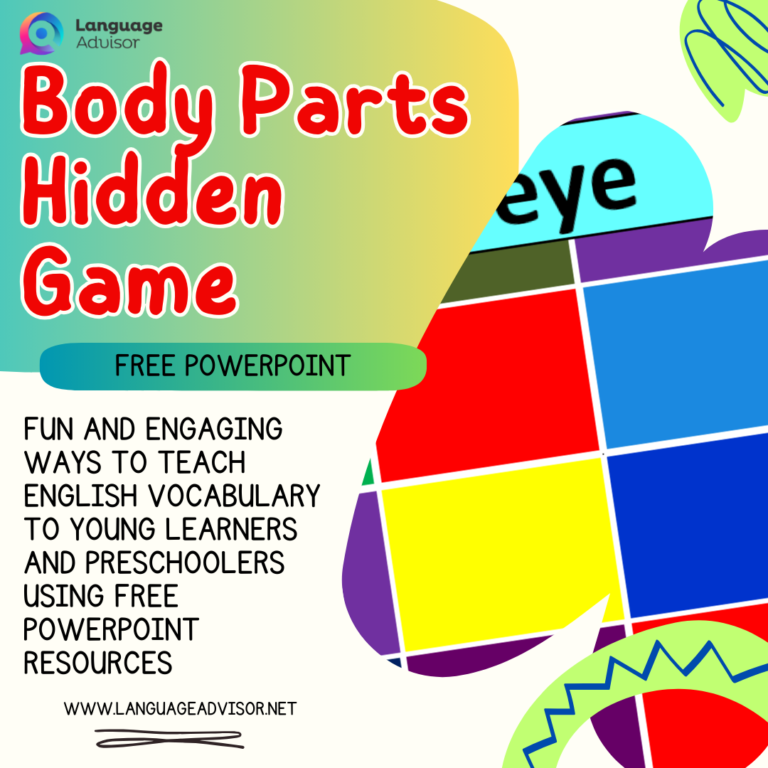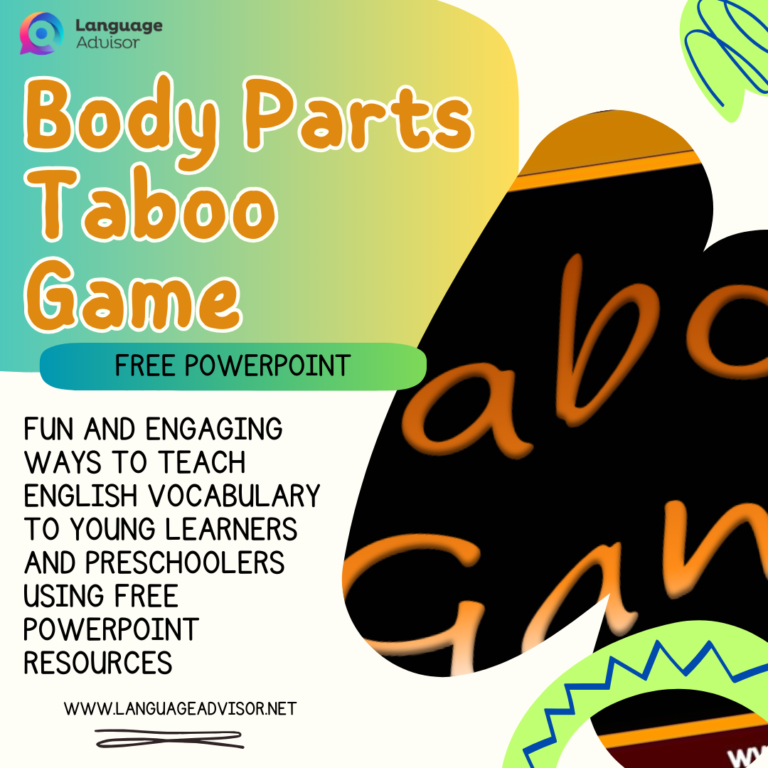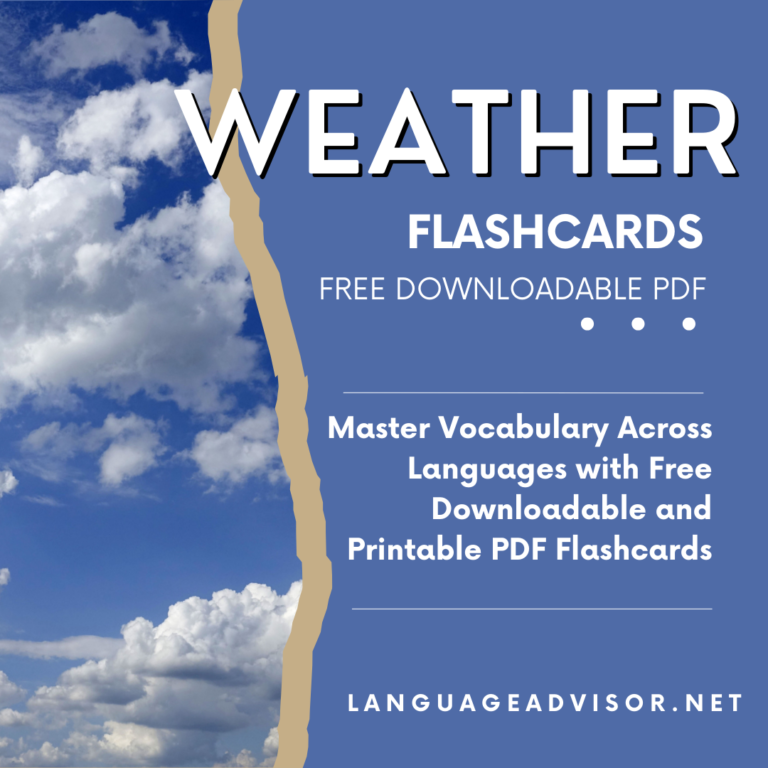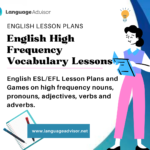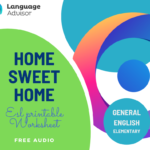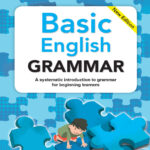All about basic English Vocabulary. English ESL/EFL Lesson Plans and Games on the weather, family, body parts, the house, Months and Seasons, City and Transportation and Idioms.
All about basic English Vocabulary

Lesson plans
Here you can find a wide range of full lesson plans to use in your classroom.
All of our lessons are designed around themes engaging and relevant to English ESL-EFL learners and can be used to complement your school curriculum, giving students an opportunity to develop their English language and skills in motivating and enjoyable ways.
These lesson plans focus on classroom games and activities oriented around meaningful practice of grammar items in English. The vast majority of the activities have been designed to be simple and easy to apply, without requiring much in the way of additional resources or materials. Wherever possible, games have been presented in a way that makes full use of any natural or genuine communicative aspects embodied in the grammar constructions, though while there is emphasis on understanding the grammar and its functional and communicative aspects, most of the games also highlight the importance of using the grammar accurately.
These lesson plans are intended as a starting point for teachers to adapt and build their own stock of in-class games and activities that can be applied relatively quickly and easily.





All about basic English Vocabulary
All about basic English Vocabulary: Here are 15 lesson plans on English Vocabulary


Months and Seasons Vocabulary
Objectives:
Students will be able to use the English words for months and seasons,
and also to learn some information about the United States of America.
Presentation:
– Introduce first how a year is broken down into 4 seasons:
1. winter =
2. spring =
3. summer =
4. fall or autumn =
– Also, make sure they already have the vocabulary base for words like:
1. year =
2. month =
3. week =
4. day =
5. hour =
6. minute =
7. second =
– Give the English translations for the 12 months of the year.
1. January =
2. February =
3. March =
4. April =
5. May =
6. June =
7. July =
8. August =
9. September =
10. October =
11. November =
12. December =
Practice:
– Have the students answer the following questions:
1. Which months are considered a part of winter?
2. Which months are considered a part of spring?
3. Which months are considered a part of summer?
4. Which months are considered a part of fall?
5. Which is your favorite season? Why?
6. Which is your favorite month? Why?
7. Which month were you born in?
Homework:
Have the students take that month that they have chosen as their favorite month and write 5 sentences (a paragraph) discussing that month







Self Introductions
Objectives:
Students will be able to introduce themselves and their personal interests
both orally and in written form.
Presentation:
– Give a list of questions for the students to copy, think over, and then answer.
1. What is your name?
2. Where do you live?
3. How old are you?
4. What are your favorite hobbies or interests?
5. What is your profession or what do you study?
– As the teacher respond to the above list of questions both on the board and orally so that students have a correct example to follow.
Practice:
– Once students have had time to respond to the above questions and formulate their answers go around the class asking each student these five questions. It may seem tedious but it will help the students feel comfortable speaking aloud.
– Once each student has had a turn, have the students get into pairs and ask one another these same questions for speaking practice. (This can be done numerous times for fun or for practice.)
Homework:
To continue the self introductions and expressions have the students copy down the following questions and have them answer them at home prepared to share their answers at the next lesson. Make sure the students understand all the questions both simple vocabulary and what the question is asking for.
1. A country you would like to visit.
2. The last book you read.
3. Favorite singer/group/or kind of music.
4. Where you spent my last holiday.
5. Something you like doing.
6. Favorite food.
7. Favorite movie or film.
8. Something you dislike.
9. A person you admire or respect.
10. What you want to be when you grow up.





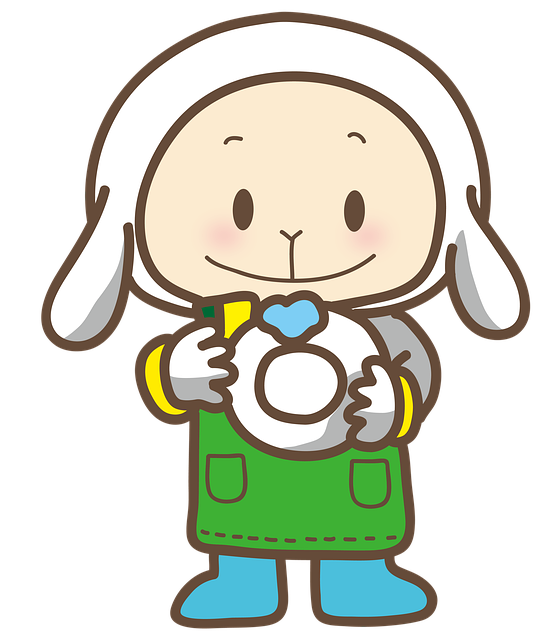

Family (part 1)
Objectives:
Students will be able to discuss their families both orally and in written
form in proper English
Presentation:
– Give the students family vocabulary.
1. father =
2. mother =
3. brother =
4. sister =
5. parents =
6. siblings =
7. grandfather =
8. grandpa =
9. grandmother =
10. grandma =
11. uncle =
12. aunt =
13. cousin =
14. nephew =
15. niece =
16. son =
17. daughter =
– Bring in a picture of your family and tell the class about your family as a way to demonstrate.
– Then write about your family on the board (in basic terms) so that the students have an example for how to tell about their own family.
Practice:
– Have the students write about their own families and be ready to share with the class using as many of the above vocabulary terms as possible.
Homework:
Have the students finish their task of writing about their families but to come with a picture of their family (either a real picture or drawn) so that they can share with the class at the next lesson.





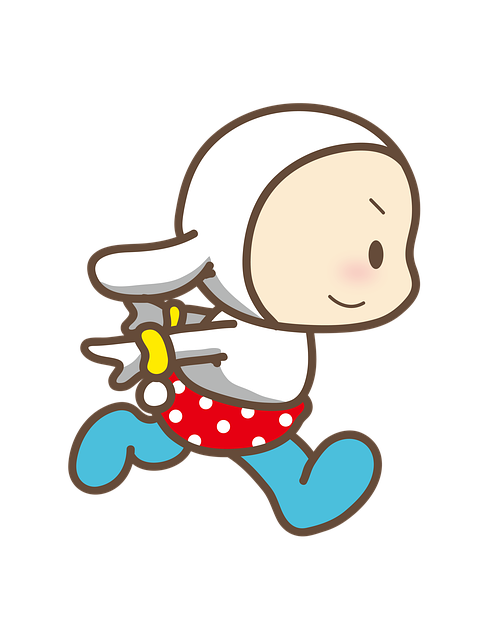

Family (part 2)
Objective:
Students will be able to discuss their families both orally and in written
form in proper English
Presentation:
– Allow each student to share about his or her family.
– Review family vocabulary list to make sure students know those terms.
Practice:
– Draw a family on the board and have the students identify who each person is within the family unit.
– With that same family have the students identify who each figure is in relation to one another.
– Finally, have the students use the drawing on the board to write about this fictitious family. Have the students give the individuals names, ages, and interests.
Homework:
Have the students finish the aforementioned task, if they haven’t already by the time class has ended.





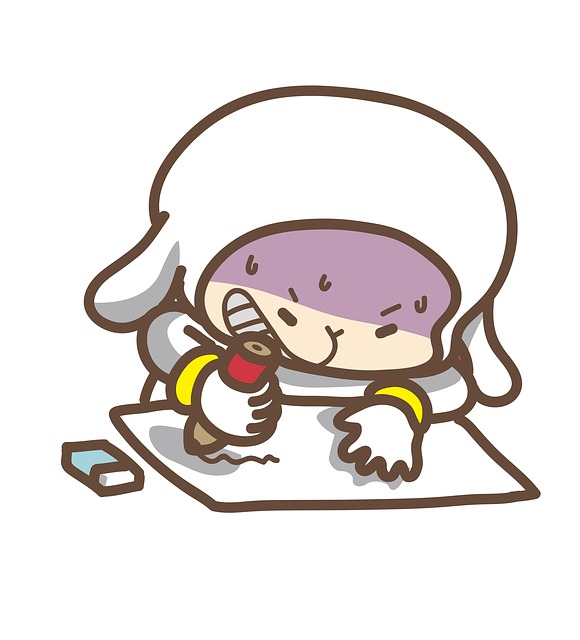

Jeopardy Day
Objective:
To review all the new words learned in the past few lessons in a fun competitive
manner.
Presentation:
– Divide the class into two teams.
– Review the rules of Jeopardy and then play.
Practice:
– Jeopardy Game
Give points for each category (Nouns, Pronouns, Adjectives, Verbs and Adverbs) and create a board with them.
– Play the game in class.





All about basic English Vocabulary


Body Parts Vocabulary (part 1)
Objective:
To increase the students vocabulary and thereby their understanding of the
English language.
Presentation:
– Give the students the list of new vocabulary words to copy down in their notebooks.
1. head =
2. neck =
3. shoulder =
4. stomach =
5. hip =
6. leg =
7. thigh =
8. knee =
9. calf =
10. foot =
11. toes =
12. arm =
13. elbow =
14. hand =
15. fingers =
16. back =
17. buttocks (butt) =
18. chest =
Practice:
– Have the students practice by repeating after you as you say each word.
– Have the class practice by going around the room and having each student read the new body parts one after the other. It may take some time, but the repetition is good for their memories.
– Then have everyone stand up and point to the body parts as the whole class (with you leading the way) says each new vocabulary word.
– If you think they need the extra practice, draw a person on the board and then diagram the person with all the new words. It may add an extra incentive if you call individual students up to the board for them to label one new word at a time.
For kids:
– Teach the students“Head, and Shoulders, Knees and Toes” for practice.
– Teach the students the “Hokey Pokey” for practice.
Homework:
Have the students continue their practice with the new words. For there homework have them try to recall the songs they learned and to write out the lyrics in their notebooks.







Body Parts Vocabulary (part 2)
Objective:
To increase the students vocabulary and thereby their understanding of the
English language.
Presentation:
– Give the students the list of new vocabulary words to copy down in their notebooks.
1. face =
2. hair =
3. forehead =
4. nose =
5. mouth =
6. jaw =
7. gums =
8. teeth =
9. tongue =
10. eye =
11. ear =
12. cheek =
13. lip =
14. chin =
15. eyebrow =
Practice:
– Have the students practice by repeating after you as you say each word.
– Have the class practice by going around the room and having each student read the new body parts one after the other. It may take some time, but the repetition is good for their memories.
– Then have everyone stand up and point to the body parts as the whole class (with you leading the way) says each new vocabulary word.
– If you think they need the extra practice, draw a face on the board and then diagram the person with all the new words. It may add an extra incentive if you call individual students up to the board for them to label one new word at a time and it could be funny if the students draw things disproportionately.
– Have the students pick a friend, a famous actor/actress, or someone from a magazine to draw and then label with all the body parts they have learned to date. The more intricately they draw and more parts they add the better.
– Finish the day with a body part song for fun.
Homework:
Have the students continue their practice with the new words. For there homework have them write 5 sentences using the new body part vocabulary.







Bedroom Vocabulary
Objective:
To increase the students vocabulary and thereby their understanding of the
English language.
Warm-Up:
For the warm-up draw and describe your own bedroom. Go slowly and
pronunciate clearly so that the students can pick up a few of the words they will be taught in today’s lesson.
Presentation:
– Give the students the list of new vocabulary words to copy down in their notebooks.
1. mirror =
2. dresser =
3. closet =
4. curtains =
5. bed =
6. pillow =
7. clock =
8. light =
9. table =
10. rug =
11. door =
12. window =
Practice:
– Have the students practice by repeating after you as you say each word.
– Have the class practice by going around the room and having each student read the bedroom vocabulary words one after the other. It may take some time, but the repetition is good for their memories.
– Then have everyone draw their own bedrooms (or have them draw their dream bedroom) and label the items accordingly in their picture.
– Have each student present their bedroom diagrams making sure that they are practicing using the new vocabulary words in their speech.
Homework: Have the students continue their practice with the new words. For there homework have them write 5 sentences using the new bedroom vocabulary.







Weather Vocabulary
Objective:
To increase the students vocabulary and thereby their understanding of the
English language.
Warm-Up:
For the warm-up have the class look out the window, at which point you slowly and clearly describe the weather. Try to use as many familiar words as possible in your demo.
Presentation:
– Give the students the list of new vocab words to copy down in their notebooks.
1. temperature =
2. Celsius =
3. Fahrenheit =
4. sunny =
5. clear =
6. cloudy =
7. raining =
8. snowing =
9. windy =
10. icy =
11. thunder =
12. lightning =
13. foggy =
14. hail =
15. humid =
16. storm =
Practice:
– Have the students practice by repeating after you as you say each word.
– Have the class practice by going around the room and having each student read the weather vocabulary words one after the other. It may take some time, but the repetition is good for their memories.
– Then draw different types of weather on the board and have the students describe your pictures using their new list of words.
– Have the students draw the weather that is typical for each season of the year (this will also be a good review of the seasonal vocab).
– Once they have enough personalized pictures of weather have them find a partner and use their own drawings as flash cards to quiz one another on their new words.
Homework:
Have the students continue their practice with the new words. For there homework have them write 5 sentences using the new weather vocabulary.





All about basic English Vocabulary


Transportation Vocabulary
Objective:
To increase the students vocabulary and thereby their understanding of the
English language.
Warm-Up:
Start with a little introduction about how you got to school this morning.
Presentation:
– Give the students the list of new vocab words to copy down in their notebooks.
1. bus =
2. van =
3. bike =
4. car =
5. taxi =
6. train =
7. plane =
8. horse =
9. tractor =
10. truck =
11. bus station =
12. airport =
Practice:
– Have the students practice by repeating after you as you say each word.
– Have the class practice by going around the room and having each student read the vocabulary words one after the other. It may take some time, but the repetition is good for their memories.
– Shout out a location in your country or elsewhere and have the class tell you what kind of transportation you might use to get there. Do this for as long as their interest keeps up.
– Call on the students one at a time to draw on the board a picture of the transportation vocab. Then have them do so in their notebooks, so they have visuals to go along with their new words.
– Have the students write a little story about a trip they went on or would like to go on and have them tell what kinds of transportation they used in their travels.
Homework:
Have the students continue their practice with the new words. For there homework have them write 5 sentences using the new vocabulary.





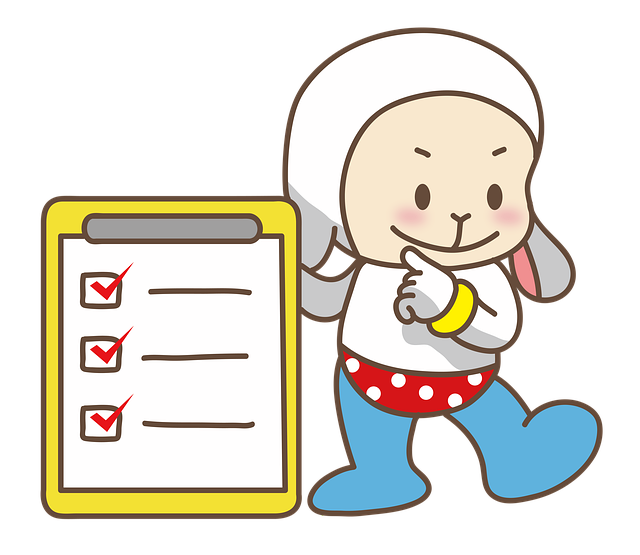

City Vocabulary
Objective:
To increase the students vocabulary and thereby their understanding of the English language.
Presentation:
– Give the students the list of new vocab words to copy down in their notebooks.
1. street =
2. shop =
3. school =
4. government =
5. center =
6. mosque =
7. church =
8. library =
9. club =
10. theatre =
11. stadium =
12. café =
13. bazaar =
14. bus station =
15. park =
Practice:
– Have the students practice by repeating after you as you say each word.
– Have the class practice by going around the room and having each student read the vocabulary words one after the other. It may take some time, but the repetition is good for their memories.
– Ask the students to make a list of all the new words that can be found in their own city.
– Then have the students spend the rest of the class period drawing a detailed map of their city and labeling it with all the new words they learned today.
Homework:
Have the students continue their practice with the new words. For there homework have them write 5 sentences using the new vocabulary.







“My Classmates” Activity
Objective:
Fun activity that gets the students thinking, speaking, and writing.
Presentation/ Practice:
– Explain the day’s lesson:
1. The goal for today’s lesson is to find out how much you really know
about your classmates.
2. First, have the class write down the following questions as they are
written on the board.
a. ________ has a telephone number that ends in 5.
b. ________ lives right next to the school.
c. ________ plans to go to the Lake this summer.
d. ________ went to Bishkek last summer.
e. ________ rides a bike or horse to school.
f. ________ will go to a café next week.
g. ________ has two younger sisters.
h. ________’s favorite color is blue.
i. _________ likes to play volleyball.
j. _________ has a birthday in November.
k. _________ eats bread everyday.
l. _________ has a dog for a pet.
m. ________ likes to read books.
n. _________ can play the guitar.
o. _________ plays soccer.
p. _________ enjoys swimming.
3. Then, have the students wander around the classroom asking, talking, and finding out who the above descriptions fit. When they find a classmate who for example has two younger sisters they have that person write their name on the line.
4. All students should finish their list, and at the end answers can be
shared so that we all learn some new things about one another.







Activities with Students Incorporating Famous People (part 1)
Objective:
Fun activity that gets the students thinking, speaking, and writing.
Presentation/ Practice:
– Explain to the class what the activity is:
1. As a class create a long list of famous people. Include movie stars,
singers, politicians, writers, athletes, artists, and whomever else. Just
make sure that you have enough for every student to have a person at the end.
2. Have every student pick a famous person, but make sure no two
students get the same person.
3. Then have your students prepare a list of 10 questions that they would like to ask the stars.
4. Next have the students interview each other asking the questions they wrote and responding as the person they chose.
For Example: I picked Jennifer Lopez, but my friend picked
Eminem. I will ask my friend the 10 questions I wrote and he will
answer as though he is Eminem. Then he will ask me the 10
questions he wrote and I will answer as I think J-Lo would.
Note: Remind the class that they can just make-up the information
if they don’t know it, and in fact the more creative they get with
their answers the better.
5. Have the students interview 3 to 5 other “famous people” or however many class time allows for.
Homework:
Have the students pick their favorite famous person based upon the interviews they had, and a tally will be held in the following class period to see who the most popular famous person in the class was.







Activities with Students Incorporating Famous People (part 2)
Objective:
Fun activity that gets the students thinking, speaking, and writing.
Warm-Up:
Start the class with the vote on the best famous person to interview.
Presentation/Practice:
– Explain to the class what the activity is:
1. Have the students maintain their same famous person, but only this time they have to write a formal “fan letter” to this person.
2. Demonstrate on the board how a formal letter looks, and then let them begin their task.
3. When the students are finished have them read their letters to their stars out loud to the entire class.
Homework:
Finish the above tasks, if they haven’t already done so.





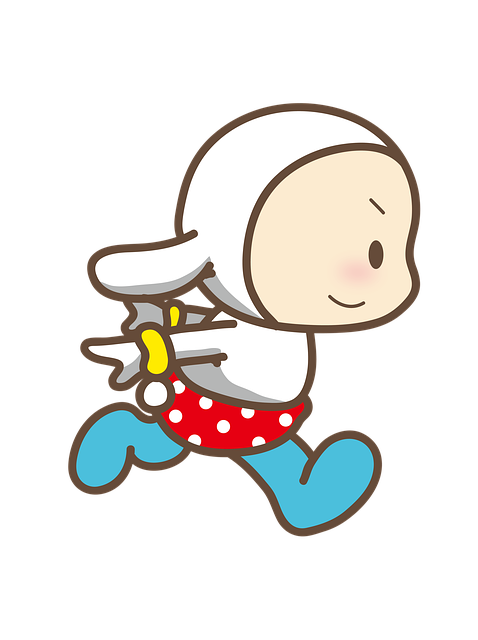

Idioms
Objective:
To introduce idioms to the students. This is useful for adapting to colloquial speech, euphemisms, and slang in language. It should also be a fun lesson.
Warm-Up:
Tell the students a story or about an incident that happened to you using idioms to describe what took place, and see if (by context) the class can figure out what you are saying.
Presentation
– First, write a list of idioms on the board (you might want to do these one at a time).
1. all thumbs = awkward
2. butt in = to interfere with other people’s business
3. word of mouth = knowledge obtained from person to person
4. call the shots = to give orders; to be in charge
5. chicken = to be scared or afraid
6. cry over spilled milk = to think about something that is already over
7. dead to the world = fast asleep; very tired; exhausted
8. down in the dumps = very sad
9. get one’s goat = to make someone angry
10. get the message = to understand clearly what is meant
– Second, call on a student to come draw a picture of what the words indicate.
– Third, have the class try to guess the real meaning of the words or phrase.
– Fourth, explain to the students what is meant by the Idiom.
– Fifth, provide the class with an example for each one.
1. That girl is all thumbs.
2. Why does my mom always butt into my business?
3. I heard she was leaving by word of mouth.
4. The teacher calls the shots in this class.
5. He wouldn’t jump off the ledge. He was so chicken.
6. The car is already wrecked. It makes no sense to cry over spilled milk.
7. After the long days work, he was dead to the world.
8. She failed her test and was really down in the dumps.
9. I can’t believe I let that kid get my goat.
10. I’ve told you a million times, do you get the message?
Practice/Homework:
– Have the students create their own sentences and scenarios for when to use the above idioms. There should be 10 in all. It might also be fun to see if the students have any of their own idioms in their native language or to have them try to invent their own with the English they know.





All about basic English Vocabulary
All about basic English Vocabulary: Also Check out these resources on basic vocabulary






